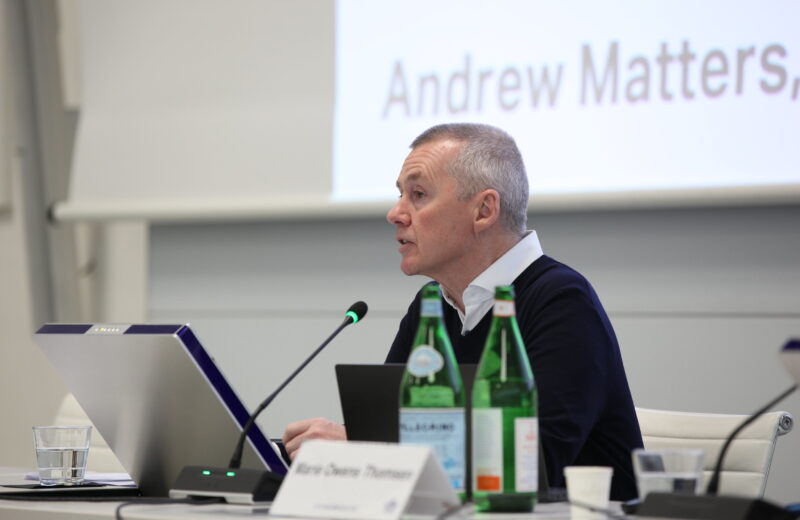SAF production to reach 1.87bn litres in 2024: IATA

The International Air Transport Association (IATA) announced estimates for Sustainable Aviation Fuel (SAF) production expecting it to reach 1.87bn litres in 2024, up from 600m in 2023.
SAF production in 2022 stood at 300m litres.
“The doubling of SAF production in 2023 was encouraging as is the expected tripling of production expected in 2024. But even with that impressive growth, SAF as a portion of all renewable fuel production will only grow from 3% this year to 6% in 2024. This allocation limits SAF supply and keeps prices high. Aviation needs between 25% and 30% of renewable fuel production capacity for SAF. At those levels aviation will be on the trajectory needed to reach net zero carbon emissions by 2050. Until such levels are reached, we will continue missing huge opportunities to advance aviation’s decarbonization,” said Willie Walsh, director general, IATA.
“It is government policy that will make the difference. Governments must prioritize policies to incentivize the scaling-up of SAF production and to diversify feedstocks with those available locally.”
The IATA said that demand for SAF is already there since every drop of SAF produced has been bought and used. In fact, SAF added $756m to a record high fuel bill in 2023. At least 43 airlines have already committed to use some 16.25bn liters (13Mt ) of SAF in 2030, with more agreements being announced regularly.
Unlocking supply to meet demand is the challenge that needs to be solved, the IATA said. Projections are for over 78bn liters (63Mt) of renewable fuels to be produced in 2029. Governments must set a policy framework that incentivizes renewable fuel producers to allocate 25-30% of their output to SAF to meet the Third Conference on Aviation Alternative Fuels (CAAF/3) ambition, existing regional and national policies as well as airline commitments.
The CAAF/3 hosted by the International Civil Aviation Organization (ICAO) agreed on a global framework to promote SAF production in all geographies for fuels used in international aviation to be 5% less carbon intensive by 2030.
To reach this level, about 17.5bn liters (14Mt) of SAF need to be produced.
However, the association warned that the industry is currently over reliant on one pathway. “Approximately 85% of SAF facilities coming on line over the next five years will use Hydrotreatment (HEFA) production technology, which relies on inedible animal fats (tallow), used cooking oil and industrial grease as feedstock,” the IATA’s SAF outlook said.
Limited quantities of feedstock for the HEFA production technology necessitate policies to diversify SAF production by increasing production through pathways already certified, in particular the Alcohol-to-Jet (AtJ) and Fischer-Tropsch (FT) which use bio/agricultural wastes and residue.
The IATA said there is a need to promote investments in, and the fast-tracking of certification for, new SAF production pathways currently in the developmental phase.
